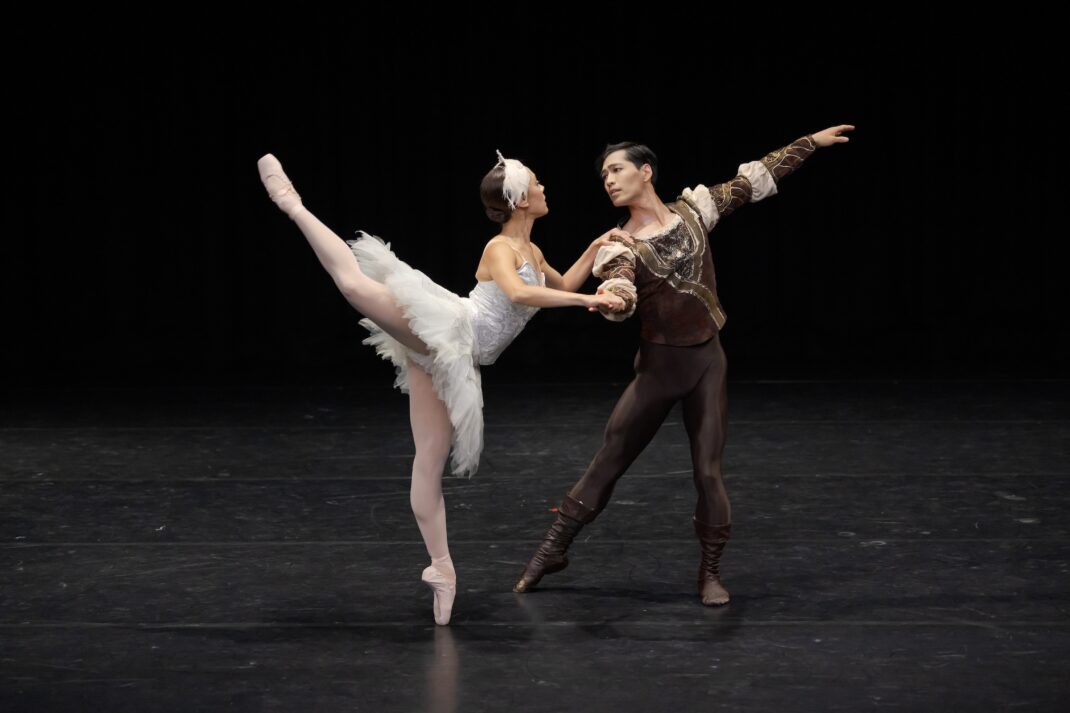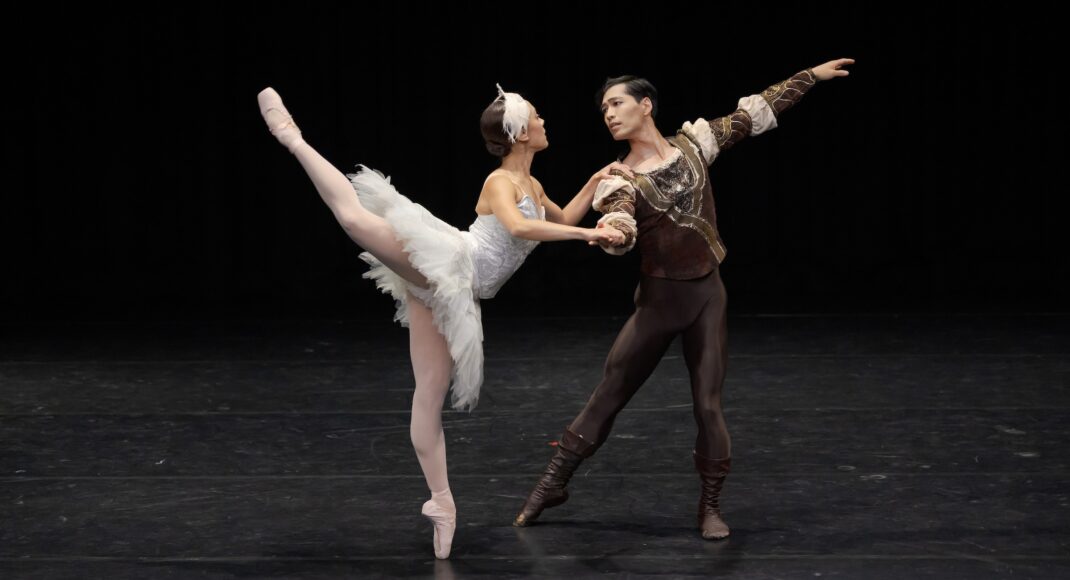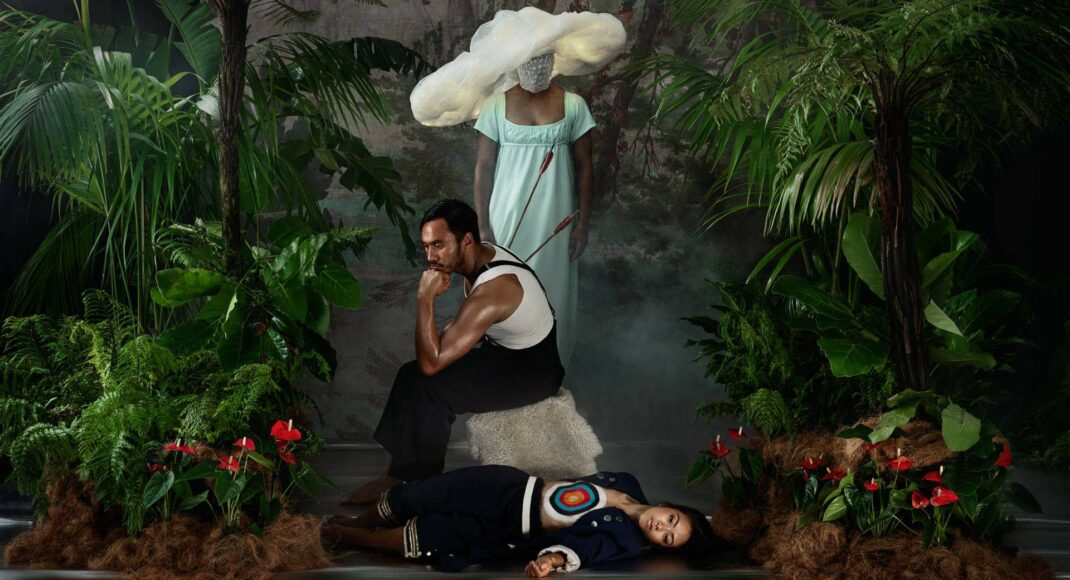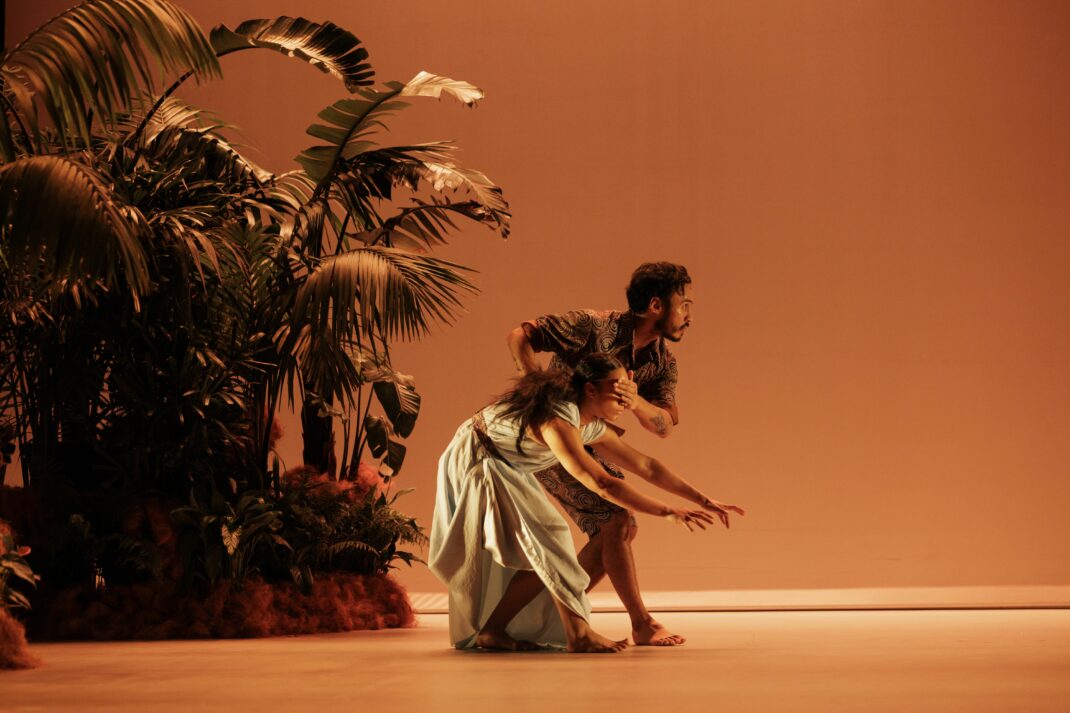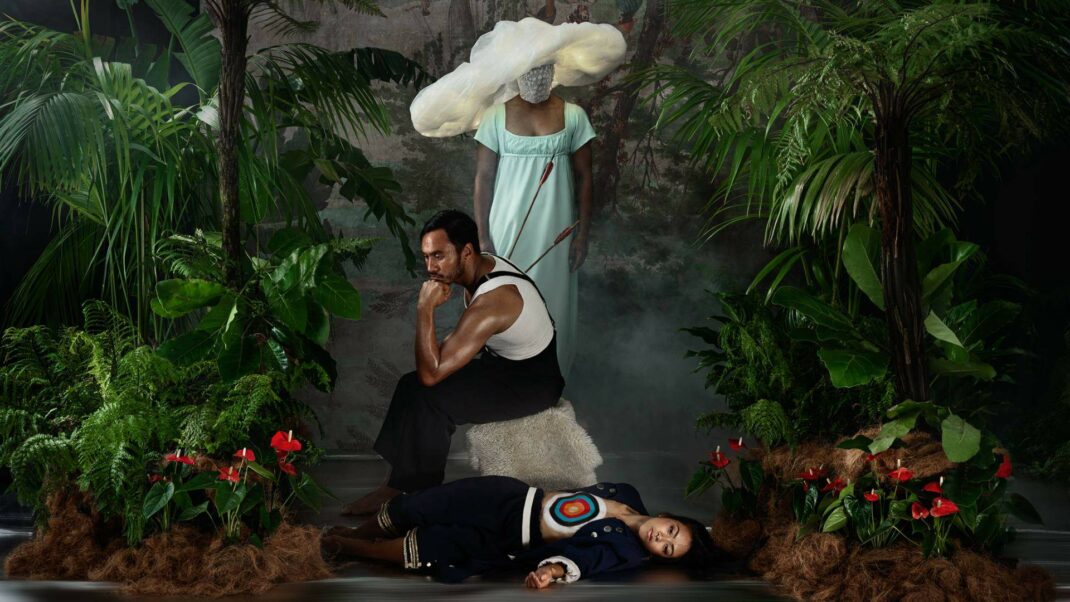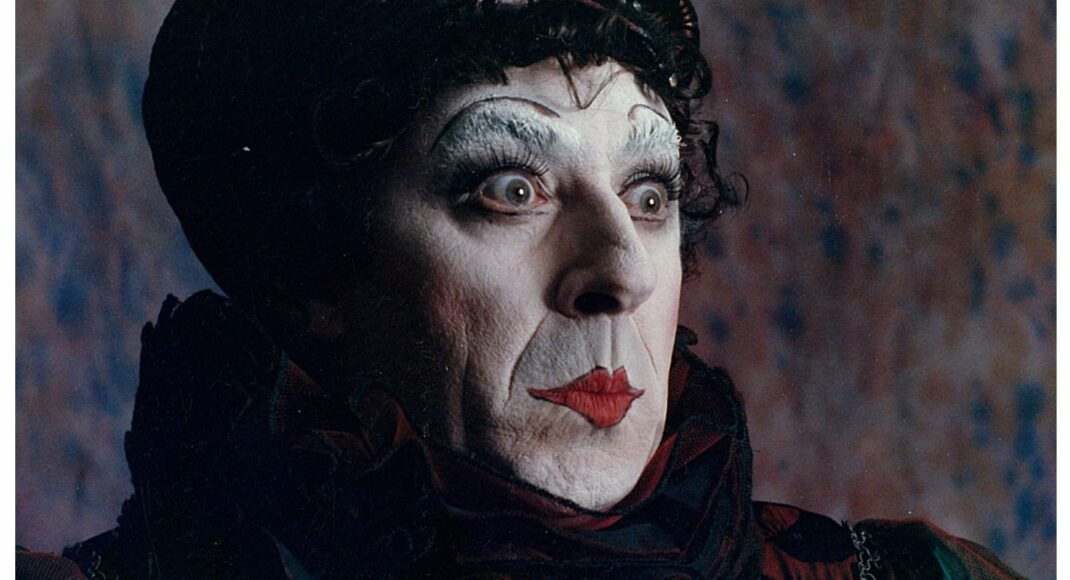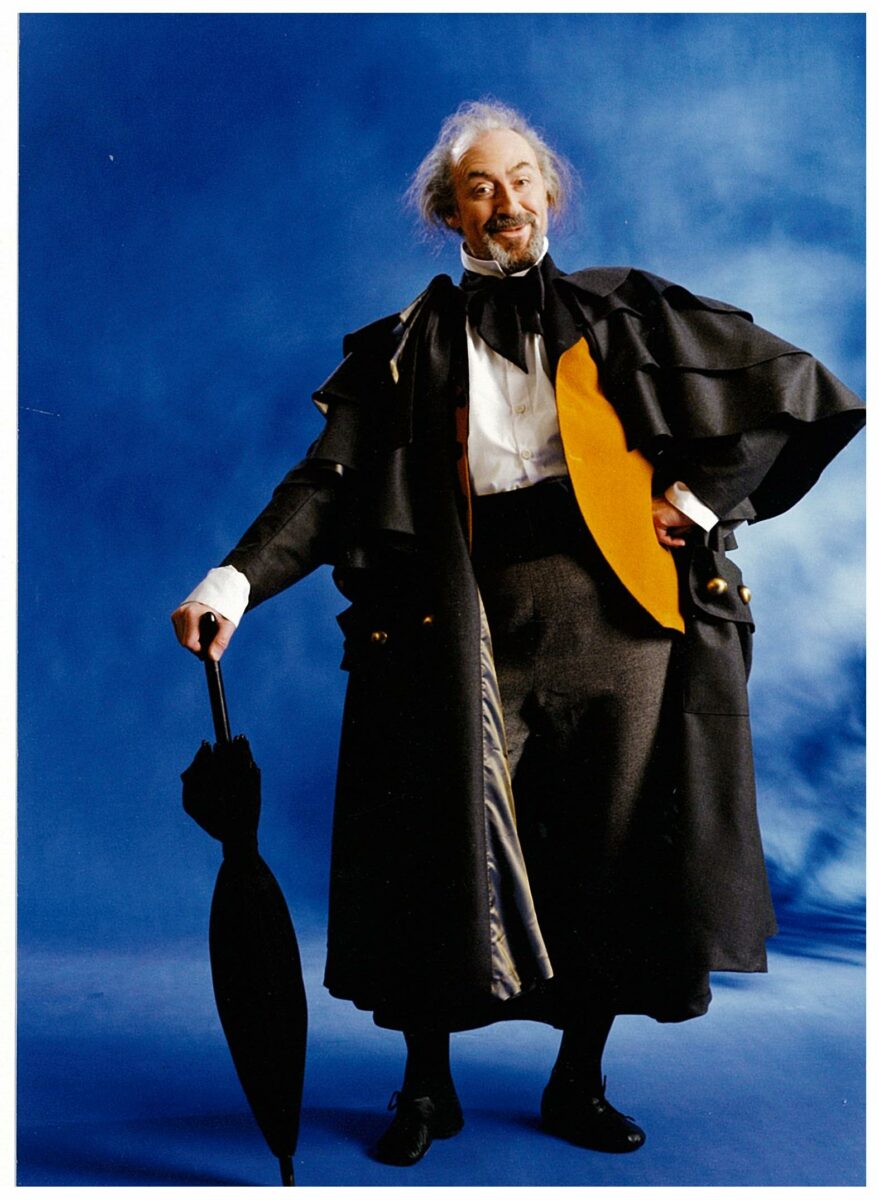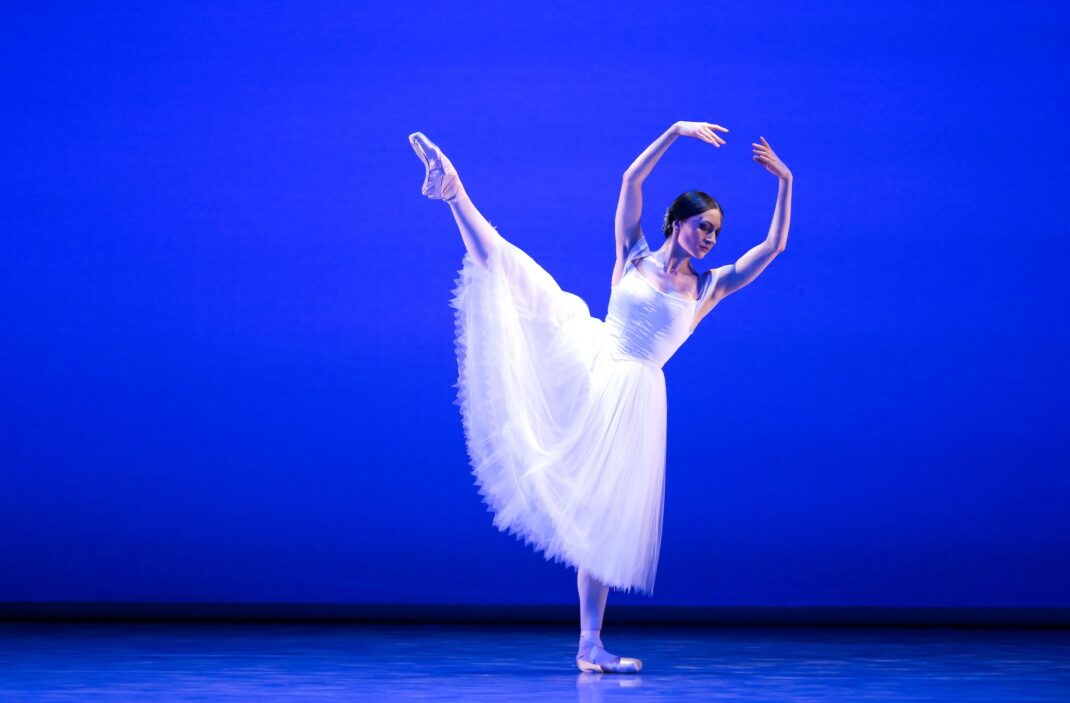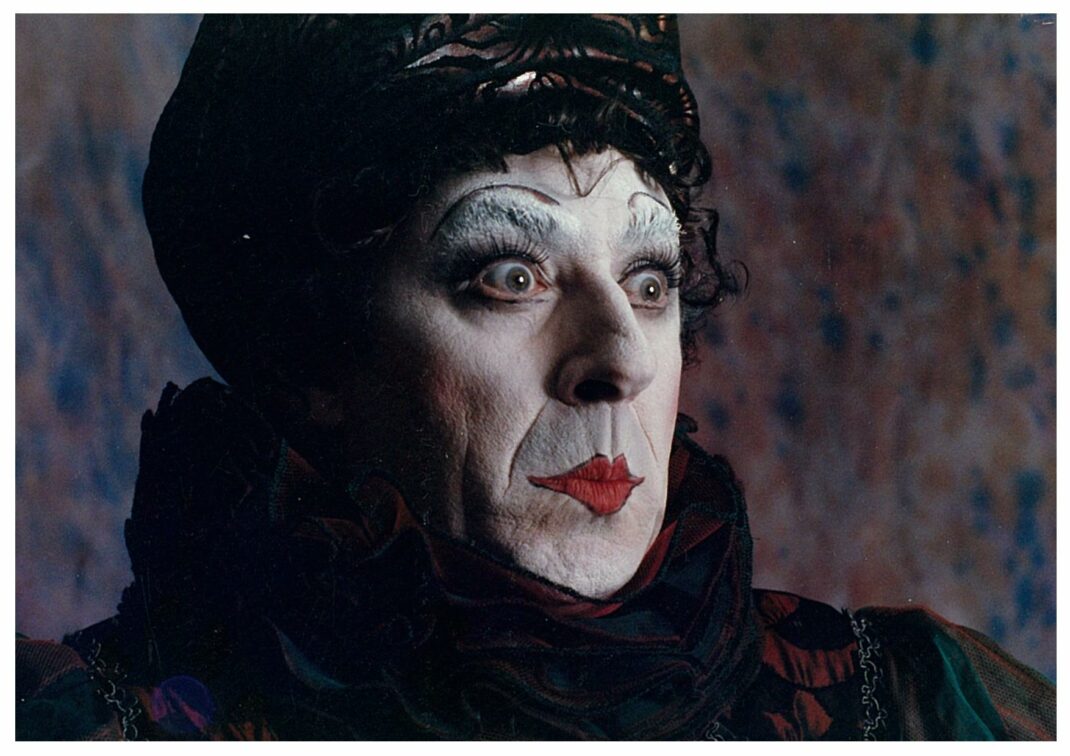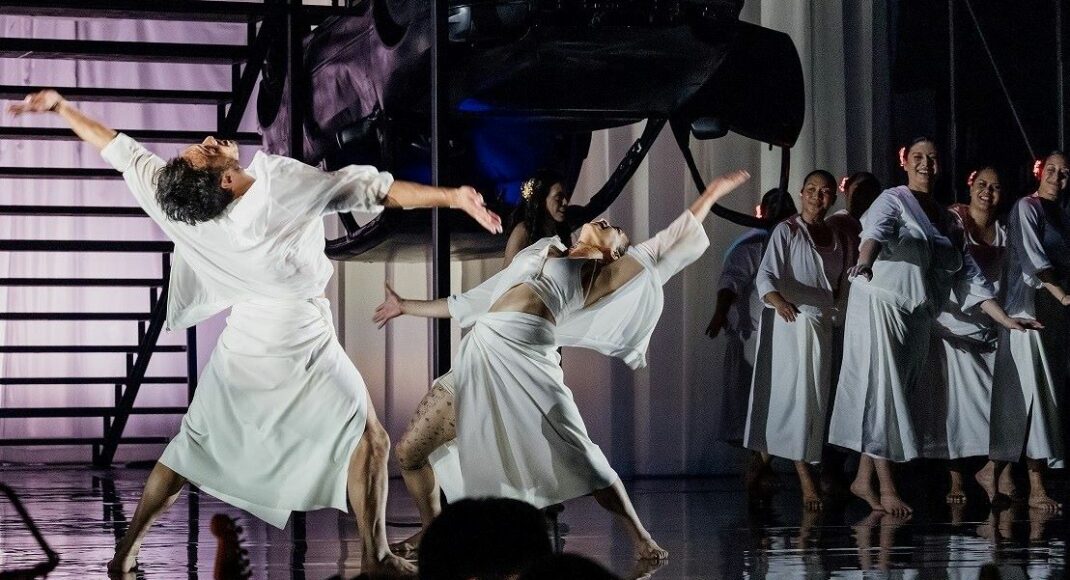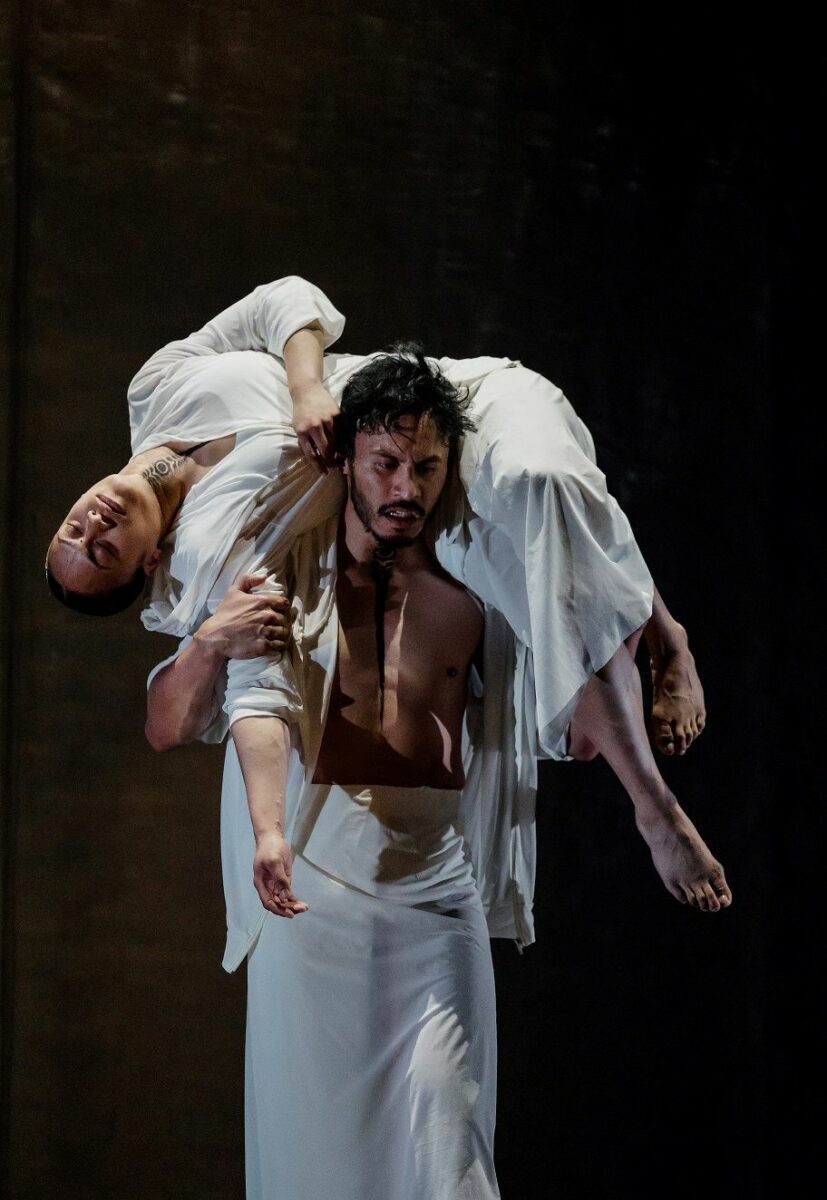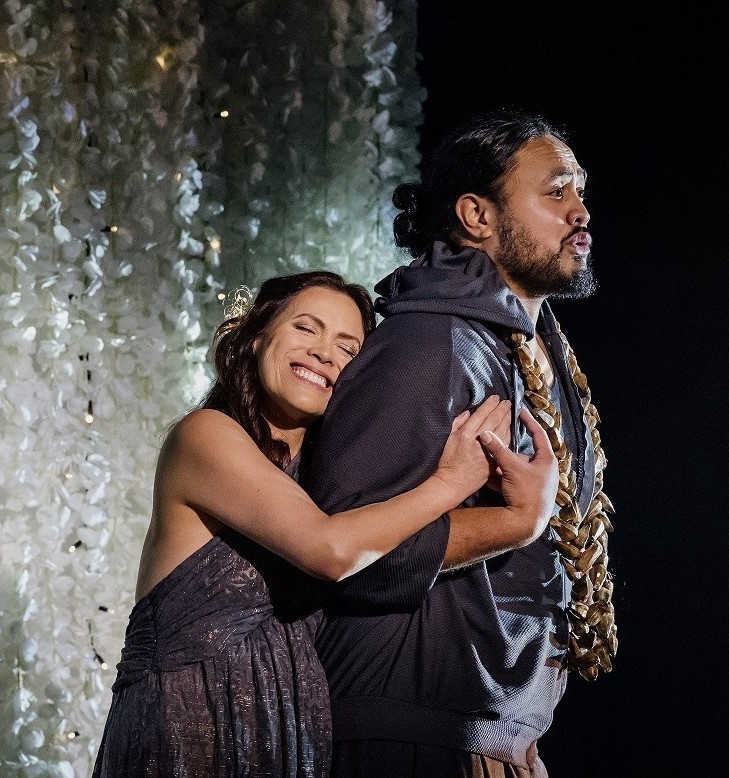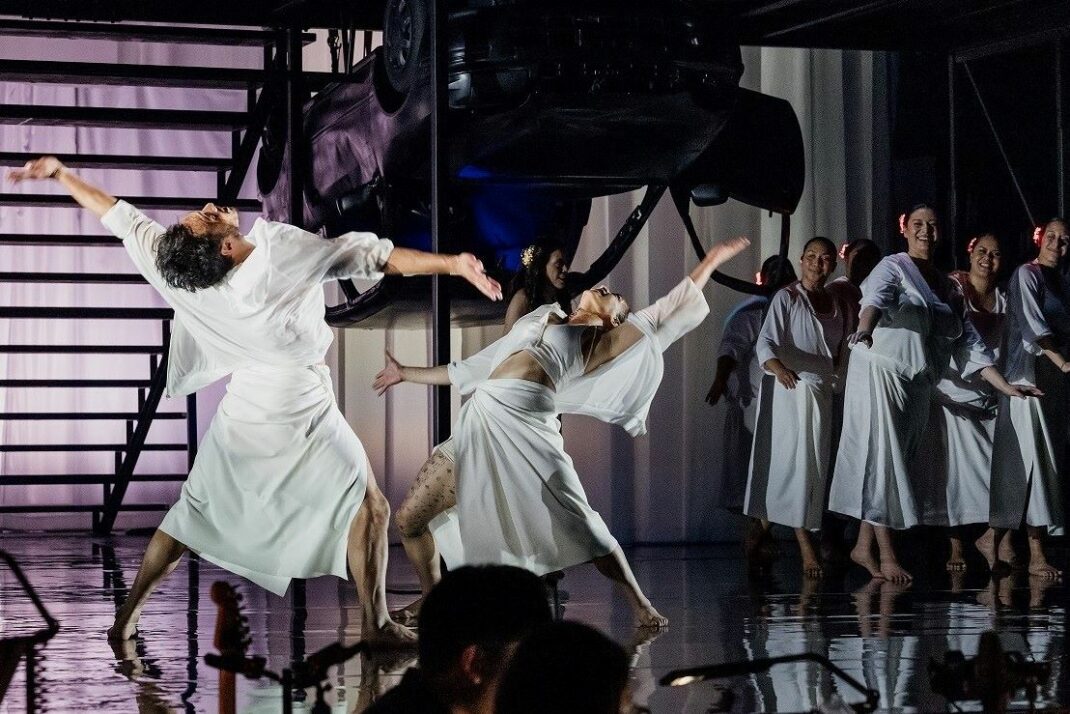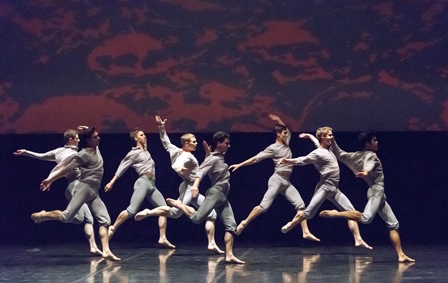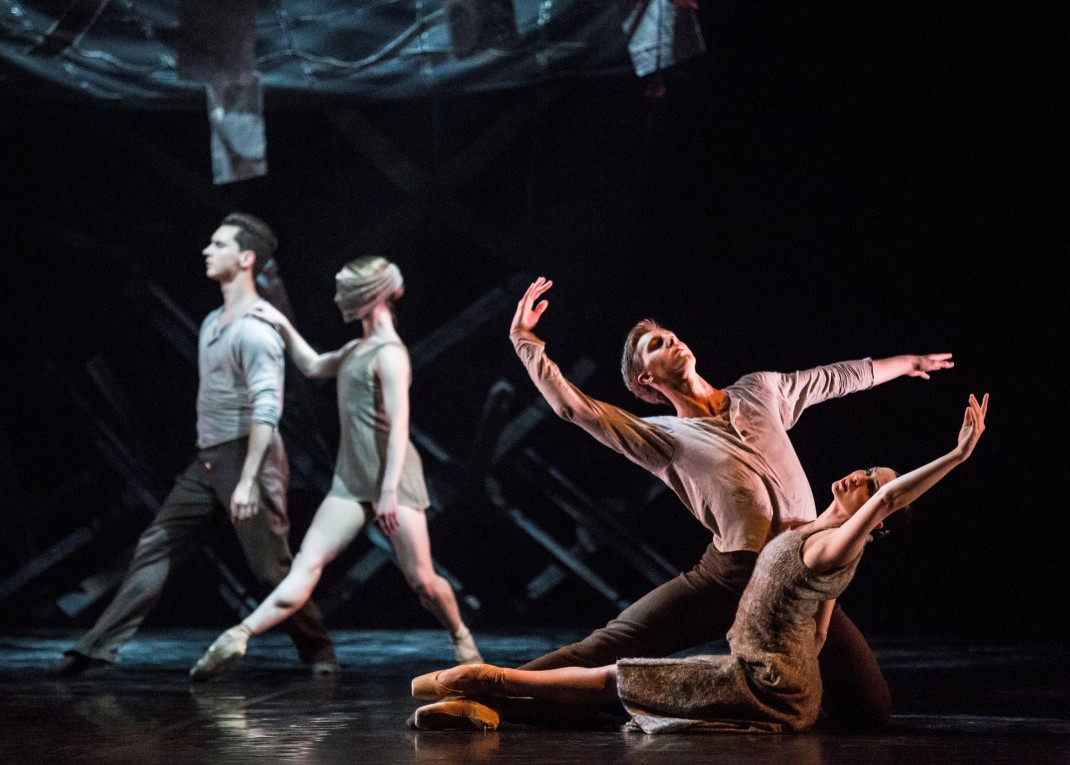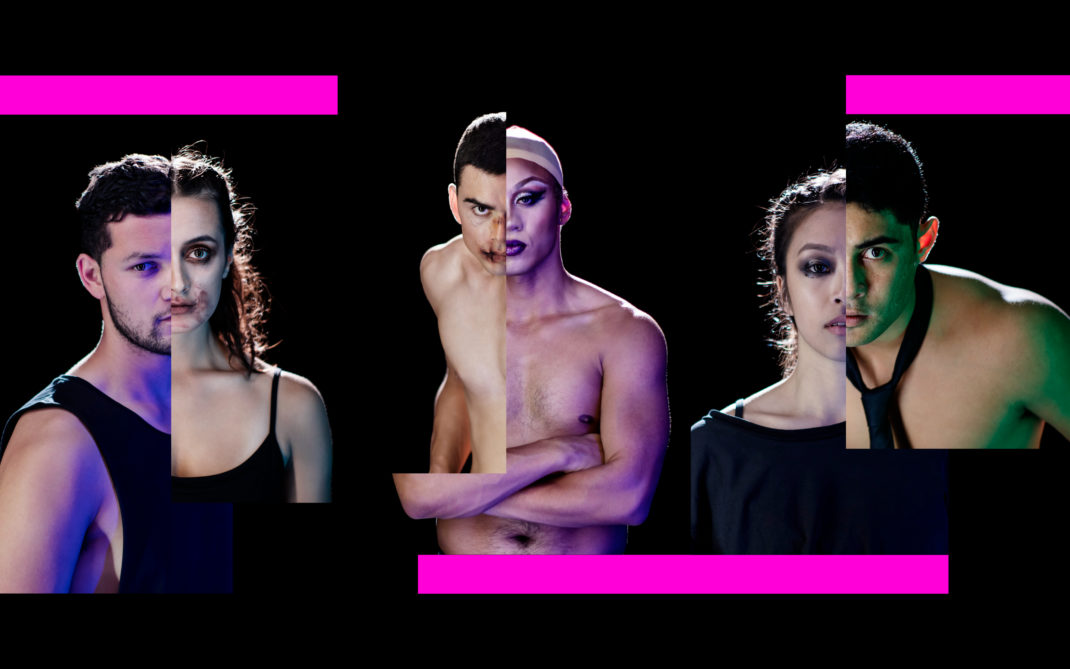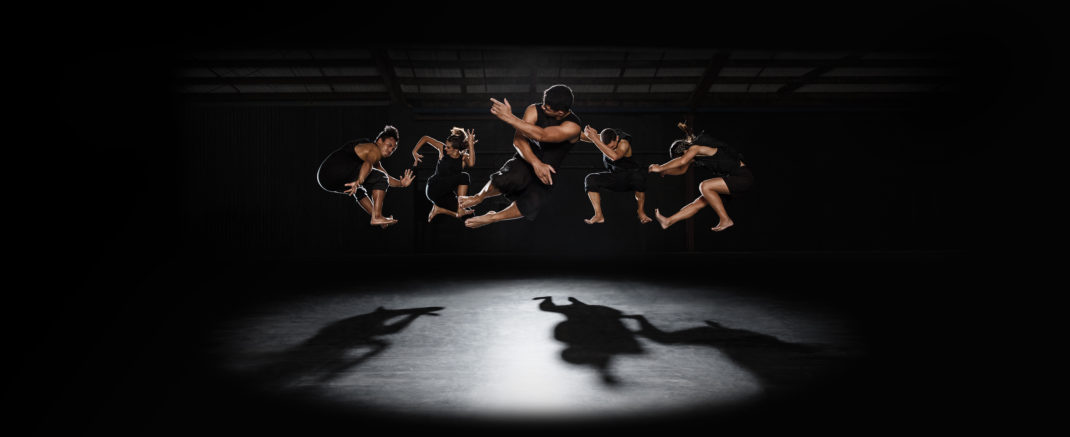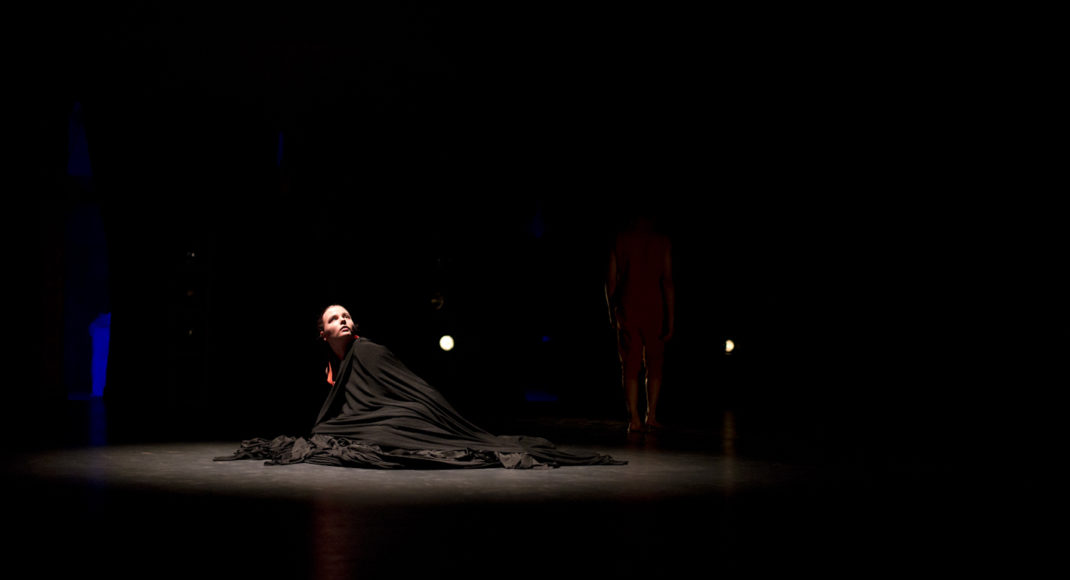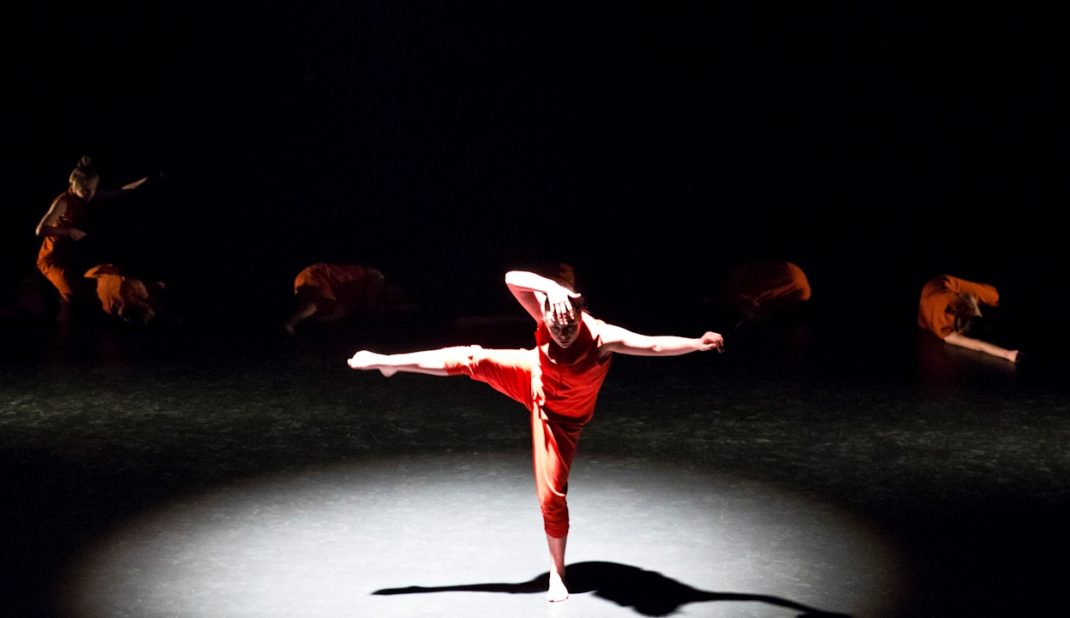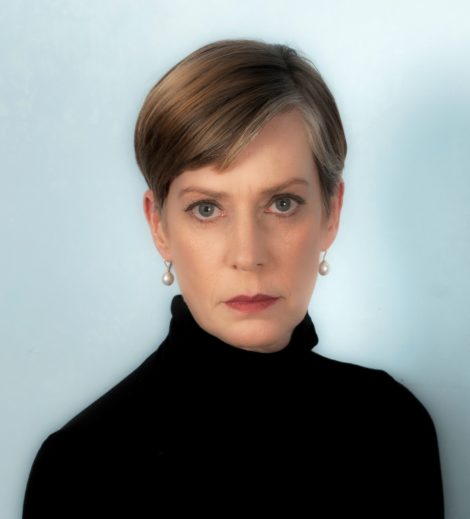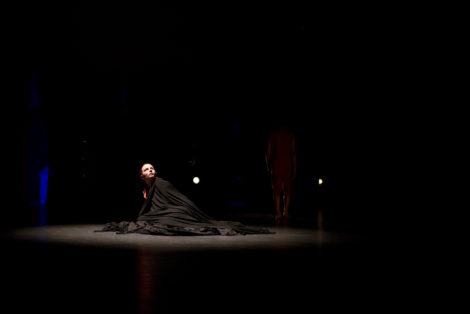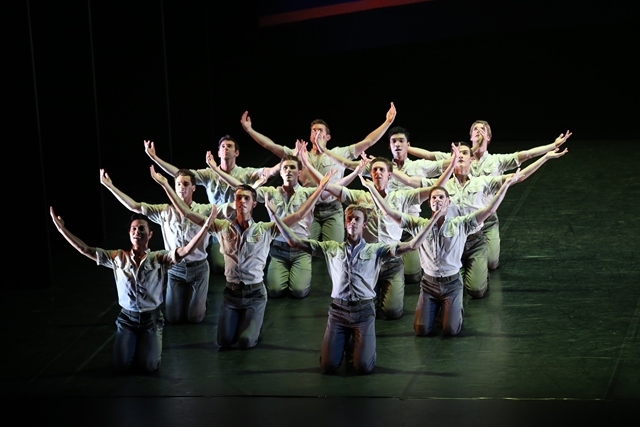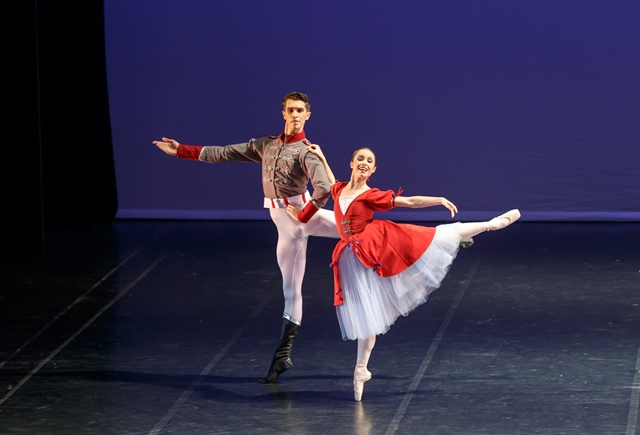It’s always a pleasure to mark the end of the year with a rear vision reminder of the dance highlights we saw. 2024 had the best of the old and the new, with RNZB delivering a triumphant trio of seasons. After some important readjustments into new directions in management, the Company’s year opened with Tutus on Tour’s national itinerary of small venues that Poul Gnatt established back in 1950s. In May, Russell Kerr’s pedigree production of Swan Lake was memorably staged with respect and sensitivity by Turid Revfeim.
Their mid-year triple bill included Wayne MacGregor’s Infra, which I found deeply humane and appreciated very much. Sarah Sproull’s spirited To Hold, and Alice Topp’s High Tide had striking choreography and design, and each proved very popular with audiences.
The Company’s end-of-year season—a return of Liam Scarlett’s A Midsummer Night’s Dream—showed yet again what a brilliant concept the 29-year-old choreographer brought to this company back in 2015. His loss will reverberate for years, but this production, shared with Queensland Ballet, and Tracy Grant Lord’s stunning design, ensures that we hold him tight.
New Zealand School of Dance continued to display high performance standards in both Liminal, mid-year, and end of year seasons, when students from both classical and contemporary streams gave committed programs. The highlight for me remains NZSD alumnus Taane Mete’s All Eyes Open.
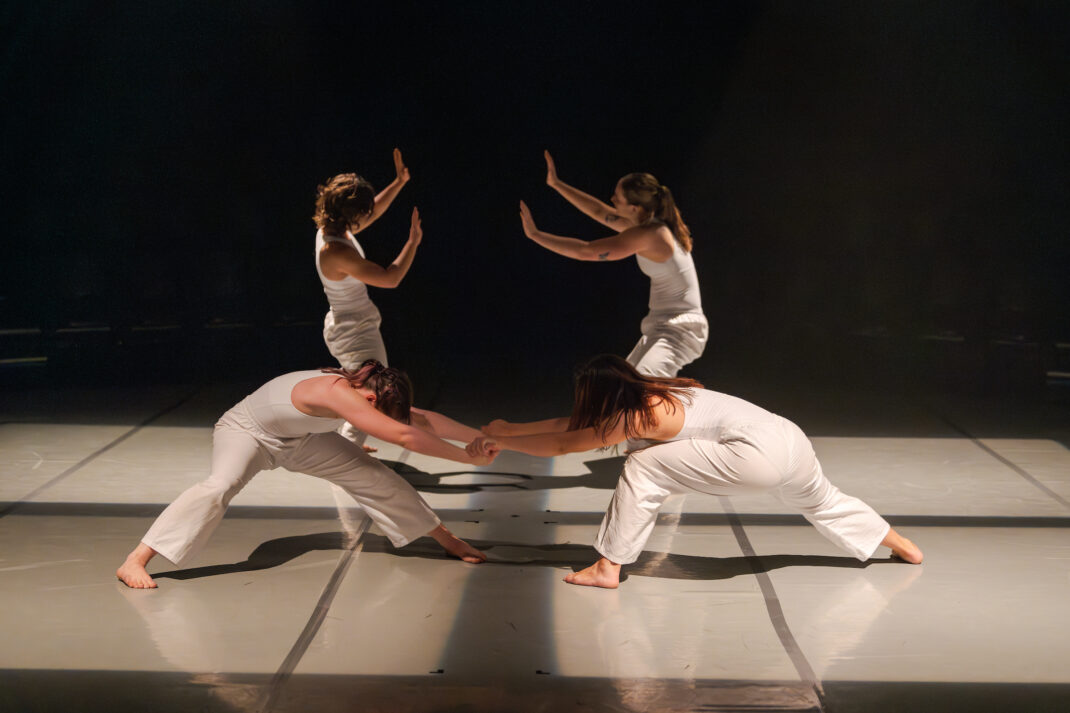
In Homemade Jam the ever enterprising Turid Revfeim combined her Ballet Collective Aotearoa with the local Tawa College dance group to energised effect.
Visiting companies to Wellington for the International Arts Festival included a dramatically different Hatupatu, a fusion of Maori legend into a contemporary love story from Tānemahuta Gray. Malia Johnston’s Belle offered striking airborne beauty combining aerialists and dancers. From afar Akram Khan’s company gave a sophisticated The Jungle Book which astonished many first-time dance-goers.
Later in March, Neil Ieremia of Black Grace staged a production of striking dramatic effect and design, under the title Paradise Rumour. It referenced missionary presence in the early settlement of the Pacific.
Jan Bolwell’s impresssive season of Crow’s Feet, Woman, Life, Freedom, to Gorecki, was a moving witness to the struggles of women in Iranian and migrant communities.
2024 was a special year for Vivek Kinra’s Indian dance company Mudra, beginning with an arangetram (astonishingly, by a mature age Pākeha woman of Irish descent. The world can live as one if we want it enough).
In a later season Vivek choreographed a poetic and colourful Vismaya, the seven emotions of nanikas, with a quartet of stunning visiting musicians, in a national tour under the auspices of Chamber Music New Zealand. We could hope for more seasons of music and dance from these adventurous entrepreneurs.
My subscription to Sky Arts channel is always good value—and this year’s film of Dona Nobis Pacem, Neuemeier’s farewell to Hamburg Ballet, was an exquisitely poignant piece in a combination of J S Bach and John Lennon that I will never forget. It was a masterstroke to also screen the documentary of Neumeier’s dancing life in the same week.
Another very striking film was the Royal Ballet production of Christopher Wheeldon’s Like Water for Chocolate. I have family connection to Mexico and it is always welcome to encounter art from that extraordinary country.
This year’s Russell Kerr Lecture in Ballet & Related Arts was a tribute to the late and much lamented Sir Jon Trimmer, following an earlier memorial for him staged by Turid Revfeim in the Opera House. Rowena Jackson’s death was another sad event, but an opportunity to recognise her outstanding personal qualities alongside her celebrated performance and teaching career. I join Michelle Potter in lamenting the passing of Joan Acocella, dance writer of highest calibre, and my valued mentor. Edith Campbell, a stalwart arts and community leader, will be much missed in Wellington, and it was an honour to perform French and English baroque dances at her Memorial Service. Edith would have appreciated the Auld Alliance between Scotland and France that these referenced, as she had an admirable knack of contextualising all art events. She taught Scottish Country Dance for 75 years, up until the fortnight before her passing. Requiescant in pace.
I found myself involved in another performance (who says you’re too old to dance? certainly not Eileen Kramer…) in a piece composed by Alison Isadora for The First Smile Indonesian gamelan, and included on the album we have just recorded to mark 50 years of gamelan in Aotearoa New Zealand. (See Rattle Records website). Keep up the good dancing everyone—and you’ll certainly have a Happy New Year.
Jennifer Shennan, 30 December
Featured image: Katherine Minor and Kihiri Kusukami in an excerpt from Swan Lake. Tutus on Tour, Royal New Zealand Ballet, 2024. Photo: © Stephen A’Court
